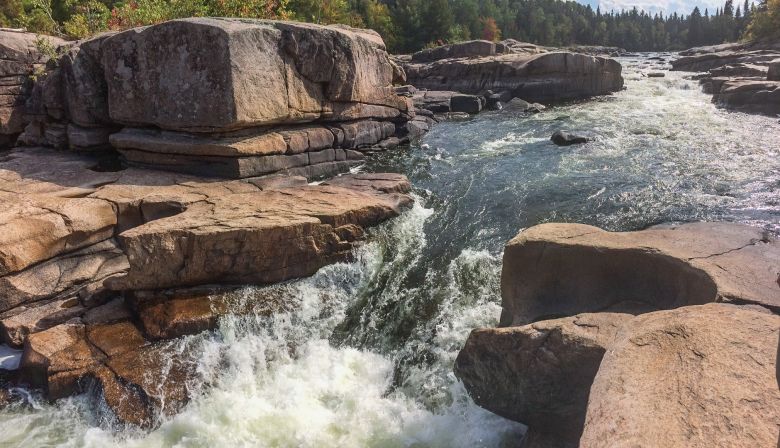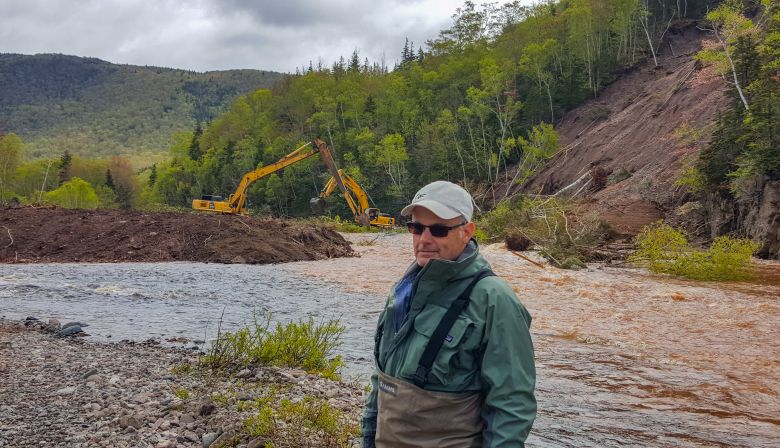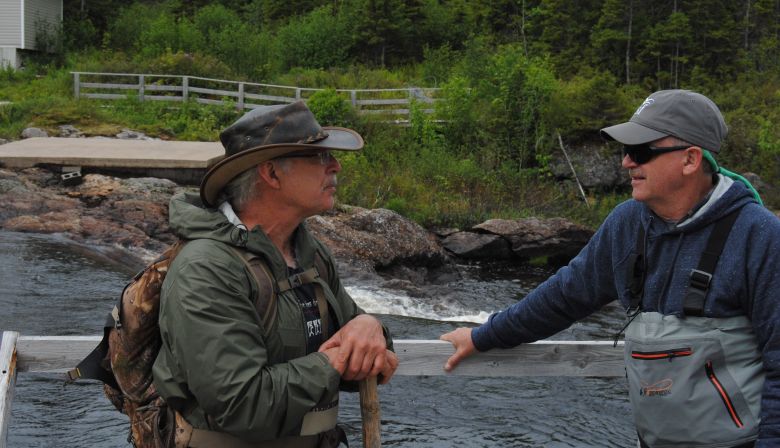ASF’s Wild Salmon Watersheds program was launched in 2022. Partnerships were struck with Indigenous and non-Indigenous organizations in three watersheds: the Nepisiguit River in New Brunswick, the Margaree and Cheticamp rivers in Nova Scotia, and the Terra Nova River in Newfoundland and Labrador.
ASF’s vision is a North American network of up to 30 partner watersheds in places where wild Atlantic salmon are thriving and the connection between people and salmon is strong. By helping our partners execute long-term conservation strategies, we will conserve and protect what’s working and ensure the future of wild Atlantic salmon.
For more information please contact Kris Hunter, director of Wild Salmon Watersheds for ASF – khunter@asf.ca
Here are some frequently asked questions about the program:
WHAT IS A WILD SALMON WATERSHED?
ASF looks for the following biological and social characteristics when evaluating a river for inclusion in the Wild Salmon Watersheds program: It must be in North America, the river should have a self-sustaining population of Atlantic salmon, and it should be free of multiple compounding threats, like hydroelectric dams, invasive fish species, nearby open net pen salmon aquaculture sites, and others.
Socially, a Wild Salmon Watershed must have active salmon fisheries, and there must be at least one group of people in the area, Indigenous or non-Indigenous, already engaged in river activities. ASF will consider exceptions to the criteria when evaluating candidate rivers.
WHAT’S INNOVATIVE ABOUT THE PROGRAM?
Government, Indigenous, and non-government organizations, including ASF, have traditionally focused on restoration where populations have reached critical levels and habitat is badly damaged. This necessary work should continue, but climate change threatens all rivers and calls for a new approach to Atlantic salmon conservation.
Wild Salmon Watersheds is designed to conserve and protect rivers where salmon still thrive, and prevent future declines. We will do this by equipping local partners with the knowledge and resources to complete long-lasting conservation projects.
Non-profit and Indigenous organizations working on community wellness and environmental goals often struggle to secure stable, long-term support. Priorities can change yearly, depending granting programs.
Wild Salmon Watersheds will help overcome this problem. ASF will provide reliable funding and support so our partners can think big and focus on what’s right for generations of salmon and people to come.
A recognized problem in conservation is a lack of monitoring results and sharing knowledge. By necessity groups often complete a project, write a final report, and move on.
To address this, Wild Salmon Watersheds will connect all our partners in a vibrant network where best practices, lessons learned, even tools and equipment can be shared. ASF will facilitate the network and inform it. For example, our scientists will help design long-term monitoring projects to measure the effects of the program on water temperature, flows, salmon returns, and more.
Wild Salmon Watersheds is focused on long-term, proactive conservation and protection of land and water to prevent declines and build resiliency to climate change.



